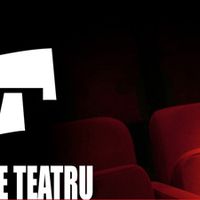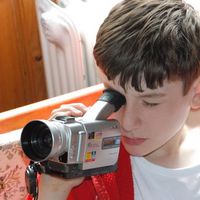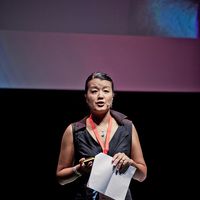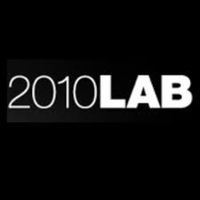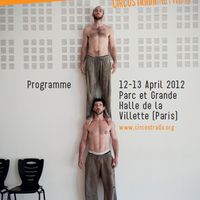Hands On! International | A network for children's museums

How did everything start? Please tell us the story about the first steps of this initiative.
Hands On! International until 2011 was known as Hands On! Europeis, an international professional organisation representing and advocating for its non-profit member institutions.
Hands On! Europe (HO!I) started life in 1994 as an informal network of a few directors of children's museums in Europe interested in promoting the development of the concept of children's museums. The first Hands On! Europe conference took place in 1996 in Holland. After the conference, a special committee was formed with the aim of establishing an official organisation with a legal structure, statutes and a Board of Directors.
For the whole story please visit our website: http://www.hands-on-europe.net/pages/about.asp?p=1-1
Who initially supported the association?
The museum was supported by the fees from the conference and by funds given voluntarily by the board members. Now, the Milan municipal government supports the organisation with a small amount of money while the conference organiser is responsible for financing of the conference. This is, of course, the case for the 8th Hands On! Europe Conference Slovenia 2011.
[caption id="attachment_15126" align="alignright" width="266" caption="Annemies-Broekgaarden"]
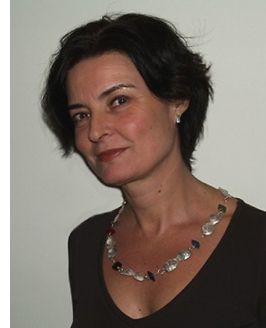 [/caption]
[/caption]The name, Hands On!, linked with children generates feelings of interaction, aliveness, creativity. Please share with us how you came up with the idea for this name.
Hands On! tells people that they can touch, feel and play. This is how children can actively learn. Learning by playing and doing is how we should approach children in museums. This challenge was first picked up in the USA in the beginning of the 20th century. And it led to the existence of separate children’s museums. In regular museums, there was no space or possibility to introduce an active approach to the public. Now more and more regular museums are aware of the importance of bringing children into contact with culture, objects, stories in an interactive way.
Browsing the activities of Hands On! International, I noticed the lecture of a former professor of mine, Tomislav Sola, a Croatian museology expert who taught us that museums should enter the 21st century and become more alive and open to different audiences. I feel that your work is very much connected to his ideas. Why did you want to address children specifically?
The words of Tomilav Sola represent exactly what HO!I advocates. And our membership is not limited to children’s museums as separate entities only; all museums and science centres that focus on children can join and find partners, knowledge and inspiration in order to professionalise their daily practice. We address specifically children as children learn differently from adults. Although, I am convinced that many adults also learn better through interaction.
I think that one of the aim of the 8th Hands On! Europe Conference in October is to create a connection between different organisations and museums which have the same aims in order to create together different projects for children. Can you give us some examples of past international cooperation between children’s museums generated by your association?
Our organisation is a networking organisation. The conferences are opportunities for people to meet, pick up new ideas and learn about interesting exhibitions. For example, I know that the children’s museum in Vienna, Zoom, has sold exhibitions to Germany. Another museum in Portugal has bought exhibitions from one member museum in Brussels. The conference presentations inspired members in the development of new presentations or projects. SIS Catalyst is a European project in which more members cooperate in the field of sharing science with the audience.
As result of the network now EMA ( European Museum Academy) and HO!I have taken the initiative to create a Children's Museum Award that will be given for the first time during the Bologna Book Fair in 2012. So the network results are in concrete sales and buys, exchange of expertise, new inspiration, co-productios and new initiatives.
So stay tuned for the 8th Hands On! Europe Conference taking place in Ljubljana and Celje, Slovenia, from 11 to 15 October 2011.
You can find more details on:
http://www.hands-on-europe.net/pages/conference.asp?p=2-8-0
http://www.hands-on-europe.net/pages/highlight_dett.asp?p=1-0-34
Florentina Bratfanof has worked in the theatre field in Romania for the past 10 years, first as a Press Officer for ACT Theatre, the first independent theatre in Romania, then from 2006 as a cultural journalist for online magazine, www.121.ro. In 2008, after obtaining a master diploma in cultural management in Belgrade, she has been involved as well in the Press Office of several international theatre festivals: Romanian National Theatre Festival, Bucharest, Romania (2008-2010); “Underground Arad Fun” Festival, Arad, Romania (2009); 36th International Festival of Alternative and New Theatre, Novi Sad, Serbia (2009), “George Enescu” International Festival and Competition, Bucharest, Romania (2009). From 2009 to 2010 she was Artistic Consultant of Odeon Theatre, Bucharest. In parallel, from 2009 till present, she helped growing Scena.ro magazine (www.revistascena.ro) in terms of PR, distribution, also contributing with articles and interviews. Currently she holds the position of PR Manager of Romanian Association of Performing Arts (RAPA), but she is also Talent Scouter for Media Pro Pictures.
Similar content
15 Nov 2011
01 Dec 2010
01 Feb 2012

